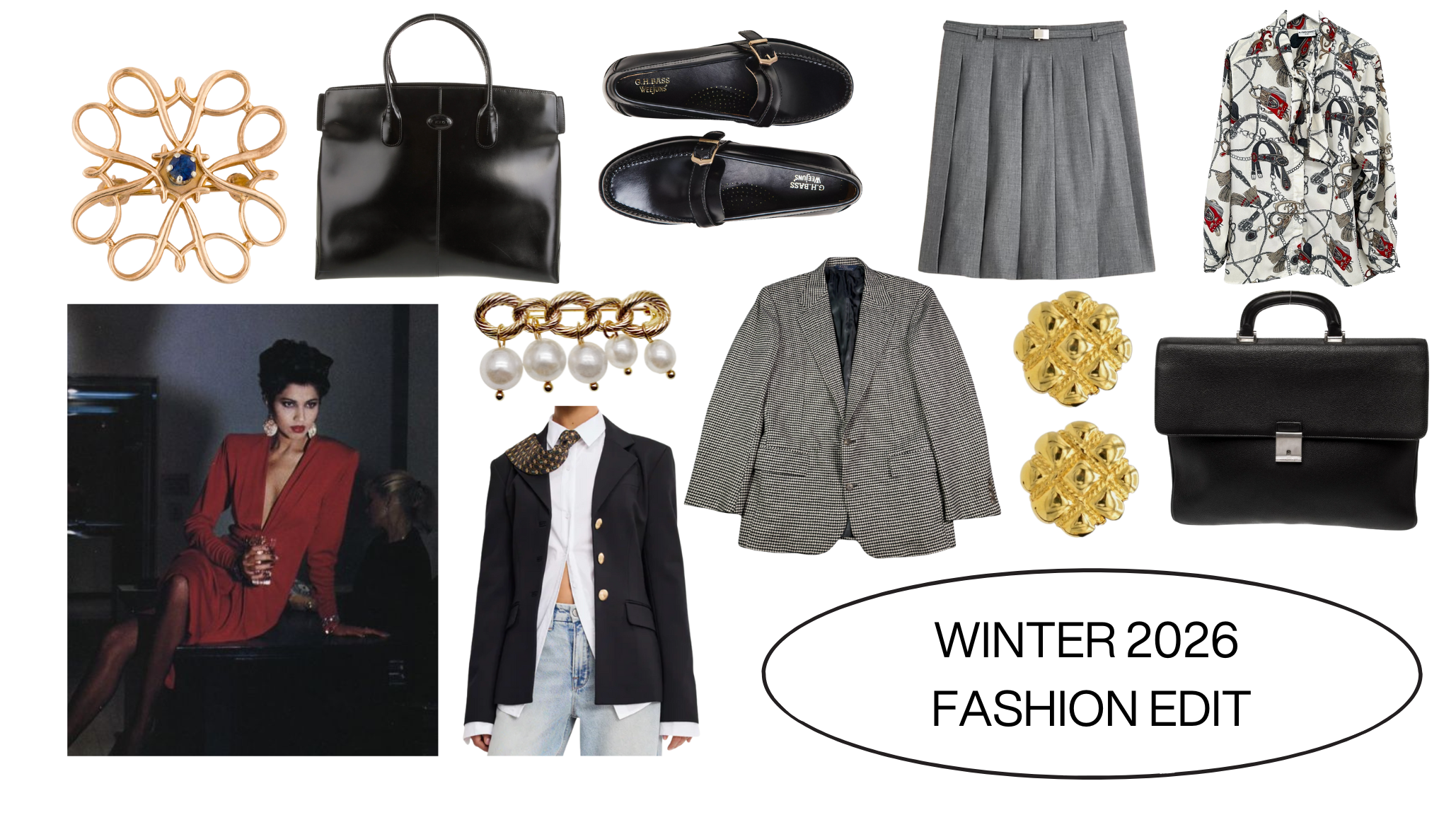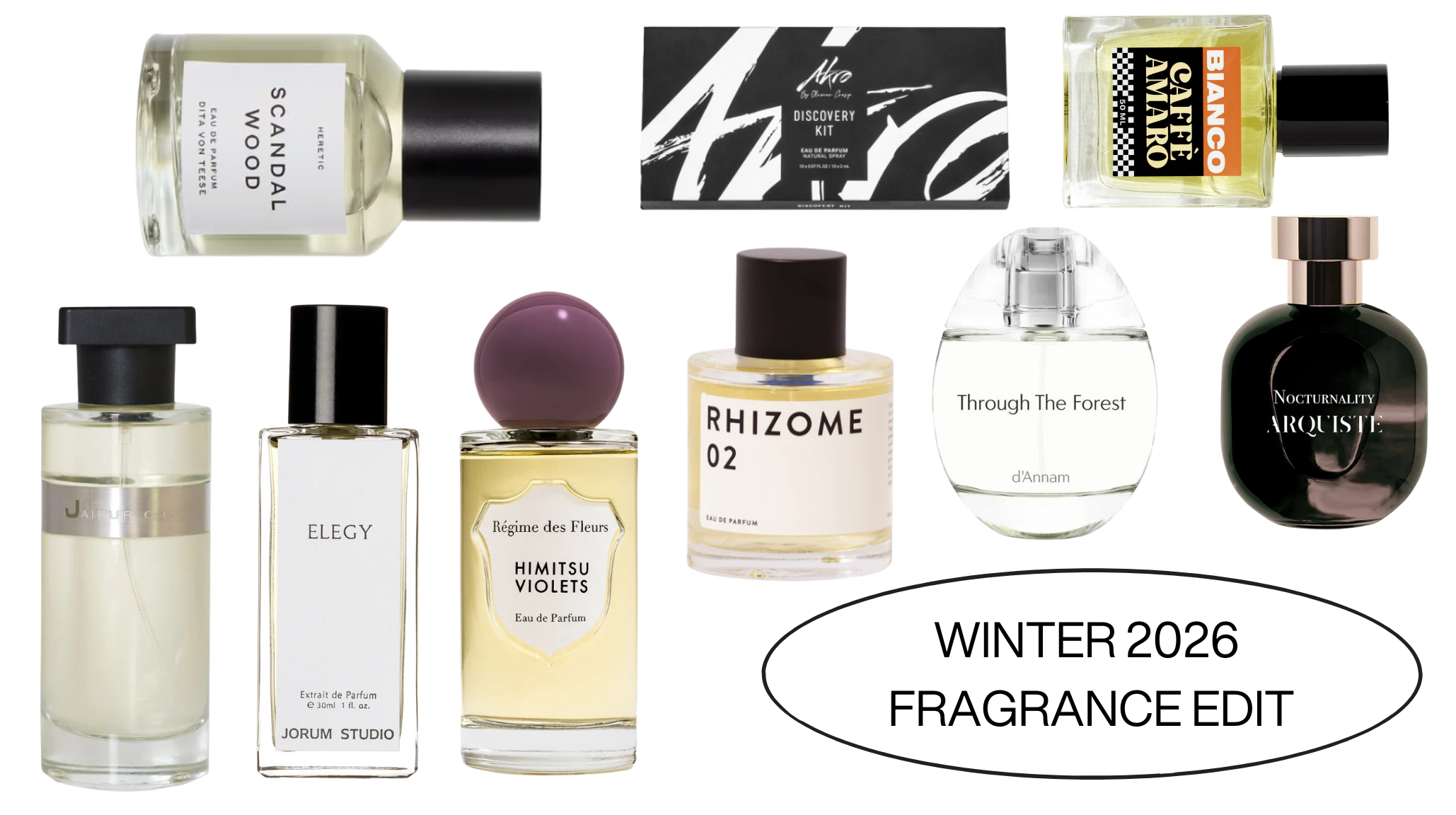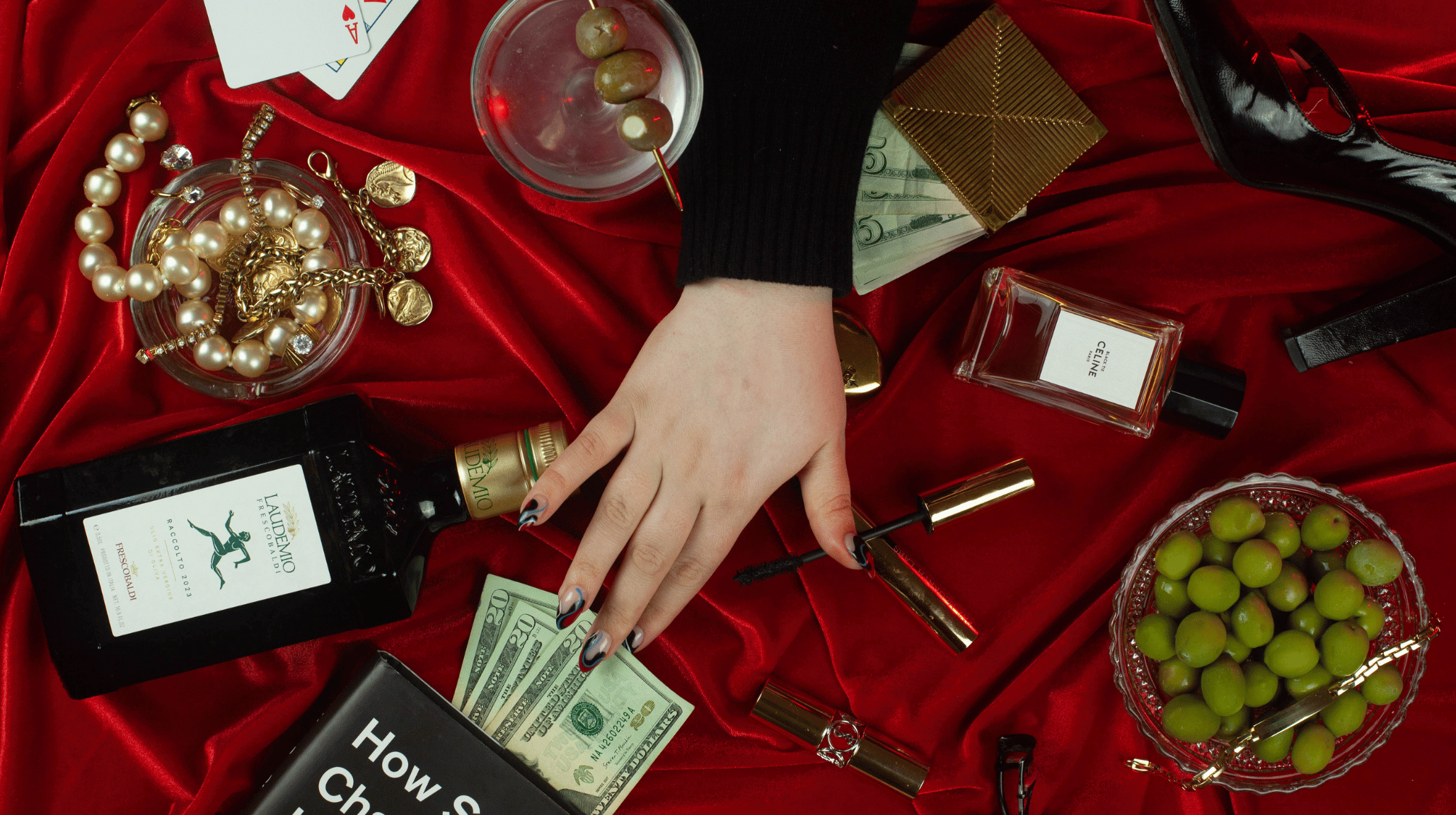I love many things in this world, but one of my absolute favorites is getting a good cost-per-wear out of my clothes. I enjoy the challenge of reworking items in different ways. Some days, it fuels my creativity; other days, it's just nice to have an outfit that requires little thought. I was introduced to the concept of a capsule wardrobe a few years ago. While my wardrobe isn't strictly pared down to capsule pieces, I’d say 90% of what I wear regularly comes from my seasonal capsules.
Even though I know this, I’m still not ready to part with some of the items I rarely wear—something to work through in therapy, I guess.
It’s taken me about two years to really build and refine my capsule wardrobe. Give yourself time to create yours; there's no need to rush out and buy everything at once. I divide my capsule into two seasons—hot and cold—with a few transitional pieces. My wardrobe needs to cover corporate work, martinis with friends, and trips to IKEA.
With that in mind, here are my tips for building your capsule wardrobe. If you want to check out some of my favorite pieces, you can read more here.
Get a great tailor, cobbler, and dry cleaner.
In my opinion, the most important thing to consider when building a capsule wardrobe is the actual wear that goes into your clothes. Investing in your clothes isn’t just about the initial upfront cost—it’s about maintaining them. Having a cobbler and dry cleaner can help prolong the life of your items by keeping them in good condition. I don’t dry clean everything, but there are a few pieces, such as winter coats, blazers, and specialty fabric items, that I do bring in. There are also a number of items I hand wash, like cashmere sweaters, according to the care instructions. I’ve also found that when I tailor my clothes to fit my body, I want to wear them more. They look better, feel more comfortable, and boost my confidence. Take care of your things, and they’ll take care of you.
Prioritize quality, functional clothes.
Functional is subjective, of course, but I always recommend choosing pieces that fit your current life—and, to some extent, the life you aspire to. Speaking as someone in her 30s who has made peace with leaving her club days behind, I understand how tricky it can be to transition into adulthood and suddenly feel unsure about what to wear. When building a capsule wardrobe, it’s important to think about what you actually need your clothes for. Consider what you're doing in your life and choose pieces that work for those situations.
Now, I will say, there’s something about dressing aspirationally—idk, there’s just something in there about doing the thing and being who you want to be.
Keep clothes basics, play with accessories.
Most of the pieces in my capsule wardrobe are fairly basic and typically follow traditional silhouettes. I prefer to keep the clothing simple—think slip dresses, A-line skirts, and cropped sweaters—while letting my accessories do the heavy lifting for the outfit, except for jackets. In my experience, this approach gives each clothing item a much better cost-per-wear.

Invest in timeless staples.
I know price and affordability vary for everyone, and for many, spending money on a single item is easier said than done. However, I believe that a high-quality item (which doesn’t always mean a higher price point—there are plenty of affordable, quality pieces on eBay) that’s somewhat timeless, like a crewneck sweater or little black dress, can be more valuable over time. A good place to start is by looking at fabric composition, stitching, and overall construction.
My not-so-hot take: overconsumption has completely warped our mindset when it comes to clothes (and everything else, tbh) and has distorted our sense of quality, or even what we actually need.
Learn color theory.
You don’t have to do anything, but I do think having a basic understanding of what works and what doesn’t can be helpful. It encourages creativity. Or, you can be like me and stick to a mostly three-color wardrobe.
Define your personal style.
I think a lot of capsule wardrobes are portrayed as boring or stuck in a sad beige vibe, but they don’t have to be. There’s plenty of room to inject your personal style into a capsule wardrobe. For me, that means sticking to three colors and experimenting with textures and fabrics. As for where I draw inspiration for my personal style, it typically comes from past celebrities, architecture, music artists, and my childhood dreams of what adulthood would look like.

Consider your wardrobe's mental impact.
Who do you dress for? Who taught you about clothes and looking presentable? What do your clothes mean to you? These are just a few of the many questions I often ask myself. Honestly—and maybe this is a bit hard to admit—I place a lot of personal value on my appearance. For a long time, I used my clothes both to heal and to hide. When I say heal, I mean processing stress. I’d often find myself buying things just to feel something during tense moments, convincing myself that these items would make me feel better or signal to the world that I was cool, put-together, or well-off. But the high was often fleeting, leaving me with the mental work of managing all the stuff I’d accumulated.
There’s a lot that goes into your relationship with clothes, whether it’s having pieces that allow you not to think about your appearance or using your appearance to signal something to others. Clothing and our connection to it can be complicated.
****
Love me? Consider subscribing to my email newsletter!


.jpg)







